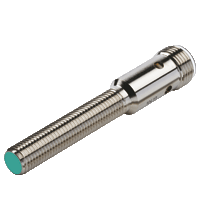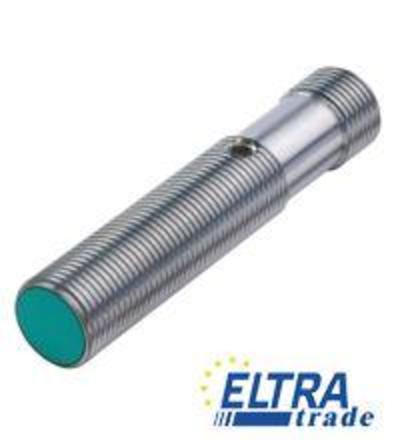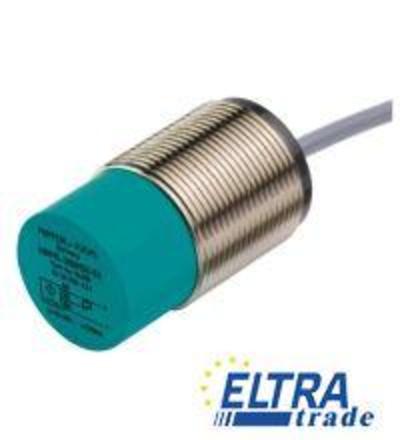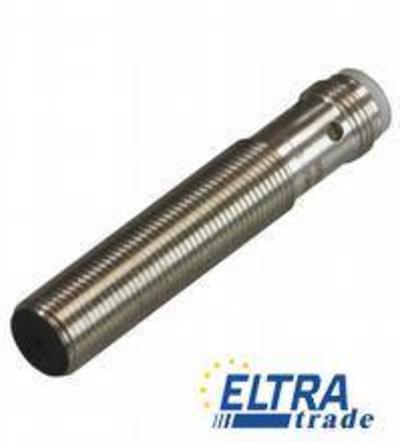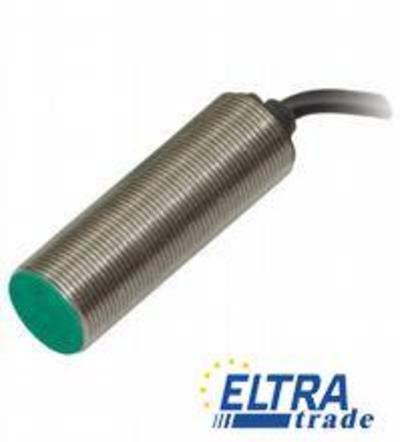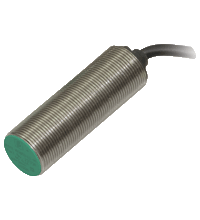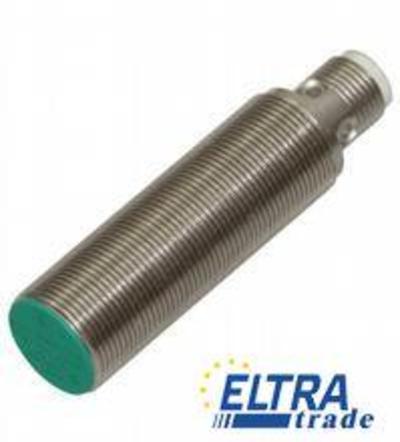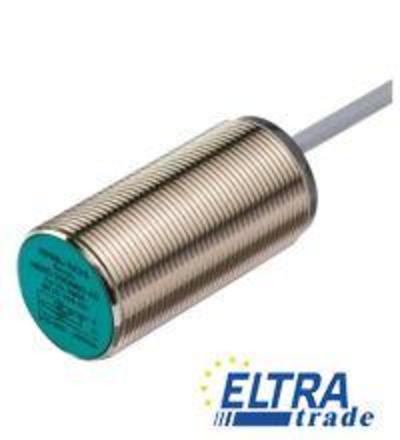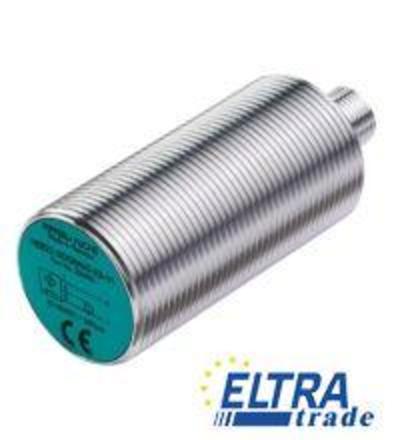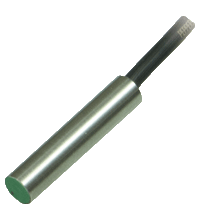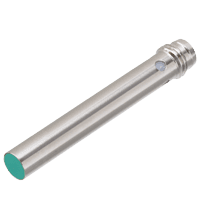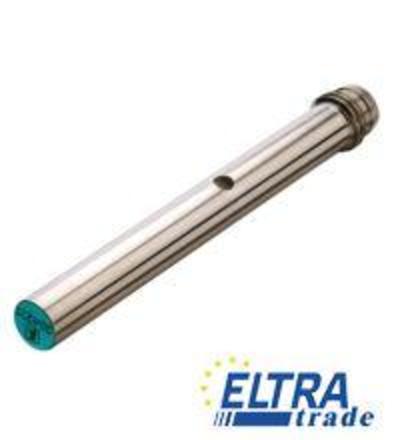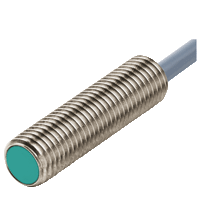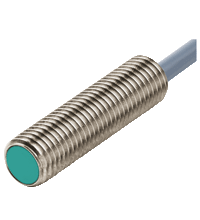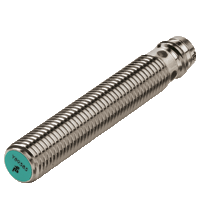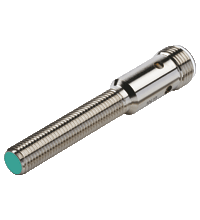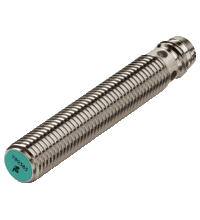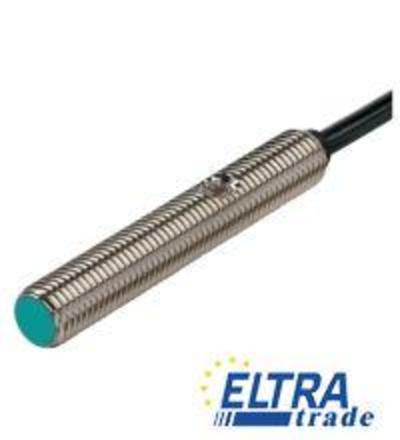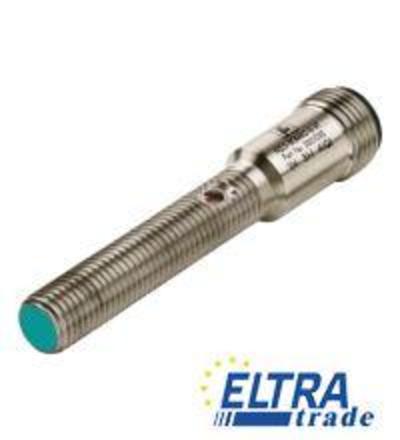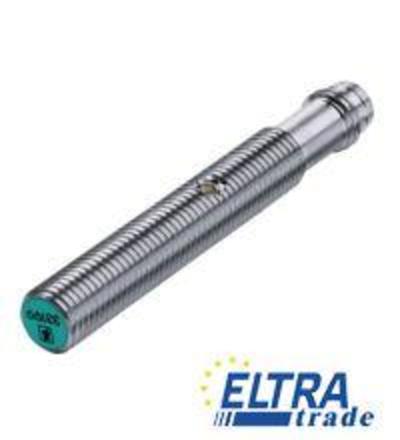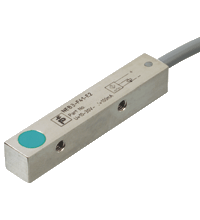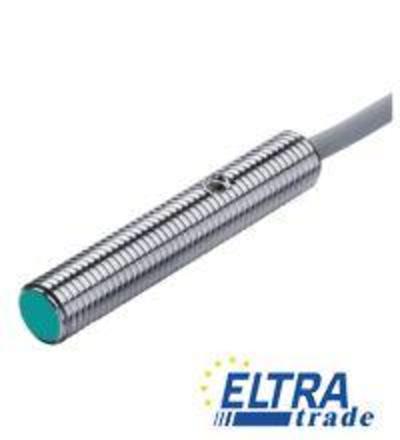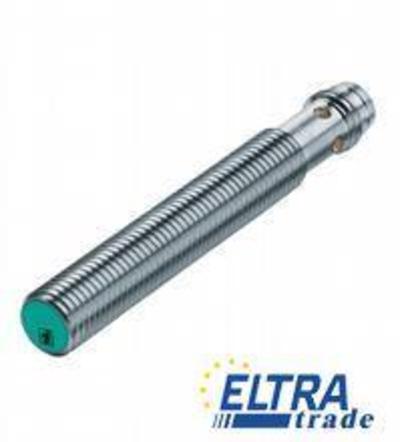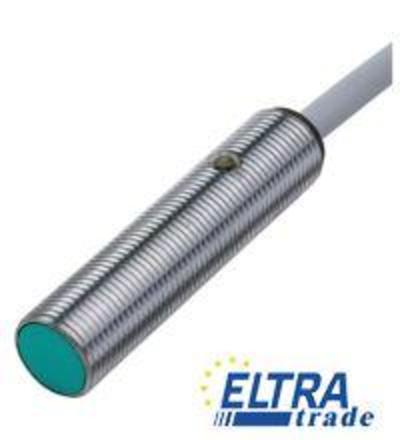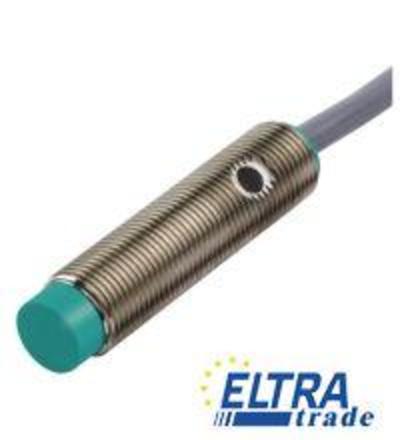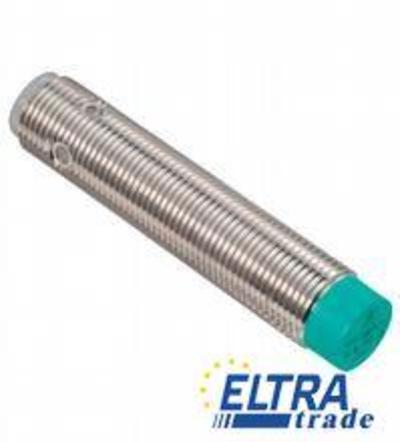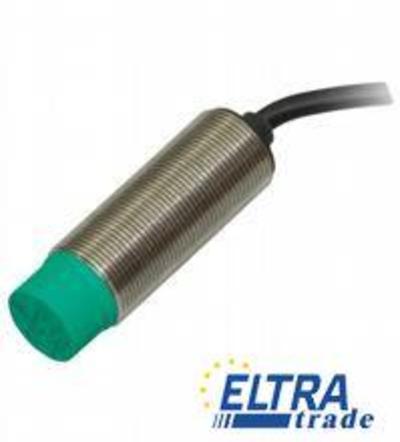Pepperl+Fuchs NEB - NEN Cylindrical sensors
art. 304615-0163
IN STOCK!!!
- 3 mm flush
- Increased operating distance
- Extended temperature range
-40 ... +85 В°C
Inductive sensor NEB6
- Non-contact detection of metal objects
- Reliability and durability
- High sensitivity
- Easy installation and operation
- Protection class: IP67
- Operating frequency: 100 kHz
- Temperature range: -25 to 70 degrees Celsius
- Mounting: on a DIN rail
Inductive sensor NEN40
- Non-contact detection
- High reliability
- Wide range of working distances
- Versatility
- Ease of installation
Series: Cylindrical type, Housing diameter: 18 mm, Housing material: brass, nickel-plated, Rated operating distance: 12 mm, Connection type: cable PUR , 2 m, Output type: 3-wire, Installation: virtually flush, Type of voltage: DC
- Increased operating distance
- 12 mm quasi flush
Series: Cylindrical type, Housing diameter: 18 mm, Housing material: brass, nickel-plated, Rated operating distance: 12 mm, Connection type: Device connector M12 x 1 , 4-pin, Output type: 3-wire, Installation: virtually flush, Type of voltage: DC
Series: Cylindrical type, Housing diameter: 30 mm, Housing material: chromium plated brass, Rated operating distance: 22 mm, Connection type: Connector M12 x 1 , 4-pin, Output type: 3-wire, Installation: quasi flush, Type of voltage: DC
- 3 mm quasi flush
- Increased operating distance
- Extended temperature range
Series: Cylindrical type, Housing diameter: 6.5 mm, Housing material: brass, nickel-plated, Rated operating distance: 3 mm, Connection type: Device connector M12 x 1 , 4-pin, Output type: 3-wire, Installation: quasi flush, Type of voltage: DC
- Increased operating distance
- 3 mm quasi flush
- Extended temperature range
-40 ... +85 ?°C
- 3 mm flush
- Increased operating distance
- Extended temperature range
-40 ... +85 ?°C
- 3 mm flush
- Increased operating distance
- Extended temperature range
-40 ... +85 ?°C
- 3 mm flush
- Increased operating distance
- Extended temperature range
-40 ... +85 ?°C
- 3 mm flush
- Increased operating distance
- Extended temperature range
-40 ... +85 ?°C
- 3 mm flush
- Increased operating distance
- Extended temperature range
-40 ... +85 ?°C
- 3 mm flush
- Increased operating distance
- Extended temperature range
-40 ... +85 ?°C
- 3-wire DC
- Metal housing
- 3 mm quasi flush
Series: Cylindrical type, Housing diameter: 12 mm, Housing material: brass, nickel-plated, Rated operating distance: 10 mm, Connection type: Connector M12 x 1 , 4-pin, Output type: 3-wire, Installation: non-flush, Type of voltage: DC
Series: Cylindrical type, Housing diameter: 18 mm, Housing material: brass, nickel-plated, Rated operating distance: 20 mm, Connection type: Device connector M12 x 1 , 4-pin, Output type: 3-wire, Installation: non-flush, Type of voltage: DC
Pepperl+Fuchs is a renowned manufacturer of industrial automation and sensor products, including various types of sensors used in industry. In particular, the company produces NEB and NEN series sensors, which we will discuss below.
Cylindrical Sensors Overwiew
There are various sensing techniques that can be used to detect a target. We can determine the appropriate method for a particular application based on various factors such as the application environment, and the type and distance of the object located in front of the sensor.
Bullet sensors are designed specifically for detecting conductive and any metal objects, as well as objects that can be detected at close range. These sensors are non-contact and work according to the law of induction. When a metal object approaches the sensor, the generator coil begins to move.
When an object approaches within the detection range, Pepperl+Fuchs NEB sensors use an electromagnetic field to detect the object, and then the sensor looks for changes in the returning signal. Once an object is detected, the returned signal is shorter than if the object was not present.
Pepperl Fuchs NEB / NEN Cylindrical Sensors
Pepperl+Fuchs NEB - NEN cylindrical sensors detect metal objects located in a certain area. In these non-contact sensors, the operating principle is based on the interaction of a metal object as an electrical conductor and the emitted magnetic alternating field of the sensor. Energy is extracted from the field by inducing an eddy current, so this energy affects the level of amplitude of the oscillations.
They consist of four main components. Coils located on the ferrite core allow the magnetic field to propagate in a specific direction. A generator that generates a high-frequency magnetic field in front of the sensor, emanating from a ferrite core and a coil on the sensing surface.
Regarding the installation of these sensors, inductive sensors with a significantly increased working distance cannot be installed completely flush with the metal. They are called "semi-flush mounted".
Benefits of NEB - NEN Sensors
Pepperl+Fuchs produces high-quality technology for industrial automation. But like any other device, object detection sensors have advantages, which we will discuss below.
- Reliable object detection. Cylindrical sensors are often used for reliable object detection. They can detect the presence or absence of objects within their range, making them useful for parts counting, materials handling, and quality control.
- Contactless work. Cylindrical sensors operate without physical contact with the objects they detect. This non-contact operation means minimal wear and tear, reducing maintenance requirements.
- Variety of measurement modes. These sensors have various measurement modes, including inductive, capacitive, ultrasonic, and photoelectric. This variety allows you to choose the type of sensor that best suits your specific application.
- Easy installation. Cylindrical sensors are usually easy to install and configure. They often have simple installation options and can be integrated into existing systems with minimal effort.
- High speed and accuracy. Depending on the model, cylindrical sensors can provide fast response times and high accuracy, making them suitable for applications that require precision.
- Compact design. Cylindrical sensors are often designed to save space, making them suitable for applications with limited installation space.
- Long service life. These devices are known for their long service life, which helps reduce replacement and maintenance costs.
- Integration with control systems. Pepperl+Fuchs NEN sensors are compatible with various industrial communications protocols, allowing them to integrate into more extensive automation and control systems easily.
P+F NEB and NEN Sensors in Industrial Automation
Pepperl+Fuchs cylindrical sensors, like other sensors produced by Pepperl+Fuchs, play a crucial role in industrial automation by providing reliable and accurate data that helps control and optimize various processes. These sensors are designed for use in a wide range of industrial applications.
- Object detection. NEB-NEN sensors are frequently used to detect the presence or absence of objects in manufacturing and automation processes.
- Quality control. In manufacturing, these sensors play a vital role in quality control. They can verify the presence of critical components during assembly processes, helping to prevent defects and ensure product quality.
- Material handling. These sensors are employed in material handling systems to monitor the movement of items on conveyor belts, guiding robotic arms and automated equipment in loading, unloading, sorting, and packaging tasks.
- Safety systems. these sensors are used in safety applications to detect the presence of personnel or objects in restricted or hazardous areas.
- Packaging. Such devices help ensure that packages are correctly aligned and positioned for sealing, labeling, and palletizing
- Liquid level sensing. Such sensors are designed for liquid level sensing to monitor and control levels in tanks and vessels.
- Pressure and temperature monitoring. These devices can monitor pressure and temperature in industrial processes, helping to maintain optimal conditions and ensure product quality. They are commonly used in industries like oil and gas, pharmaceuticals, and food processing.
- Conveyor control. Such sensors can be used to control the speed and operation of conveyor systems, ensuring smooth material flow and preventing jams or bottlenecks.
- Industrial IoT (IIoT). NEB-NEN sensors are often integrated into IIoT systems, providing data for remote monitoring, predictive maintenance, and data analytics.
- Sorting and positioning. In industries such as logistics and parcel handling, these sensors help in sorting items based on size, shape, or destination. They can accurately position objects for further processing or packaging.
- Automated guided vehicles (AGVs). Such sensors are used on AGVs to detect obstacles and guide the vehicles safely through manufacturing facilities and warehouses.
- Conveyor belt alignment. These sensors can be used to monitor the alignment of conveyor belts and trigger adjustments or alarms if misalignment occurs, preventing damage to equipment and products.
